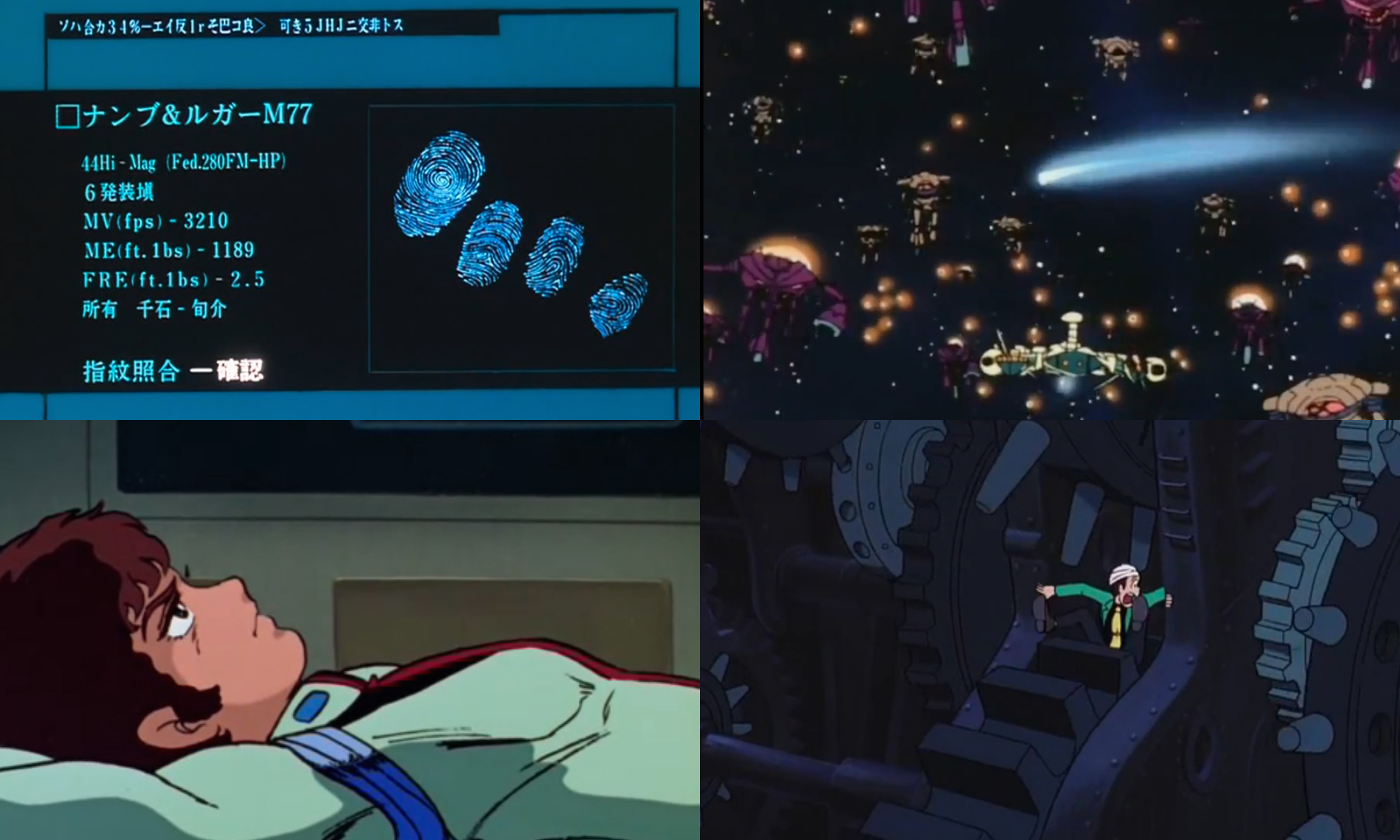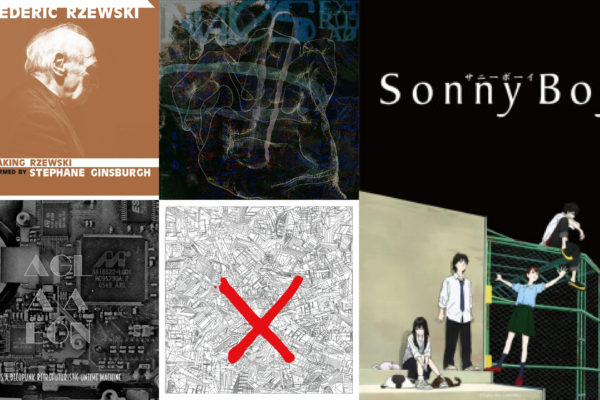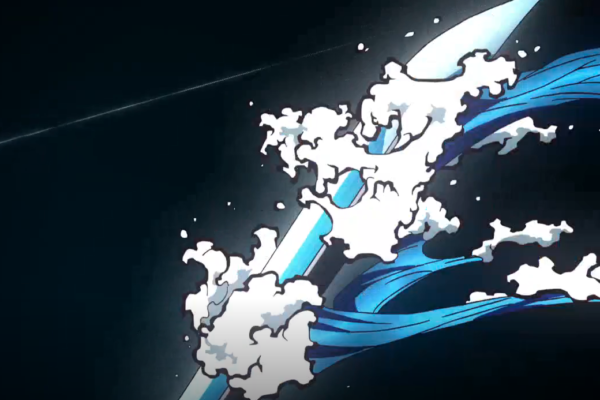In Cyber City Oedo 808 (1990-1) the ex-criminals are made cops, calling themselves hounds. Episode 1 features a fingerprint lock gun which only shoots if the owner is recognized, just as in Psycho Pass (2013).
Mobile Suit Gundam I (1981) features Amuro, a boy who by the circumstances is made pilot of the giant robot Gundam. After traumatic events he is in a room, lied on the bed in panic, not willing to pilot again, just as Shinji in several moments of Neon Genesis Evangelion (1995). There the underage thing is made a permanent requirement, newtype or not.
Two characters chasing one another and fighting inside a Big Clock Tower in Lupin the III: The Castle of Cagliostro (1979), surely “inspired” Basil and Ratigan sequence at the end of Disney’s The Great Mouse Detective (1986).
In Ideon: Be Invoked (1982), the technology found to be the apex of humanity elaboration is fueled by human energy and as progressively becomes unbeatable, also causes the destruction of all life surrounding it. Its mythology of unending power antecedes the spiral thing in Tengen Toppa Gurren Lagann (2007), spyral nemesis prevented or not.
Gunbuster (1988) mimicks on purpose Ideon‘s audio mnemonic, which marks the comercial breaks. It serves as a transition work between Ideon and Lagann. The combining robot (合体!) with a star on forehead, the desperate attempt to preserve human life which may endanger the universe, the alien forces which are there to prevent humanity expansion, the “believe in me believing in you” and the “aim for the top” are all reworked by Imaishi, years later. Gunbuster also addresses the theme of differences in time frames, due to relativity, and, though not focusing on the melancholy of staying young while other get old, antecedes Voices of a Distant Star (2002).




